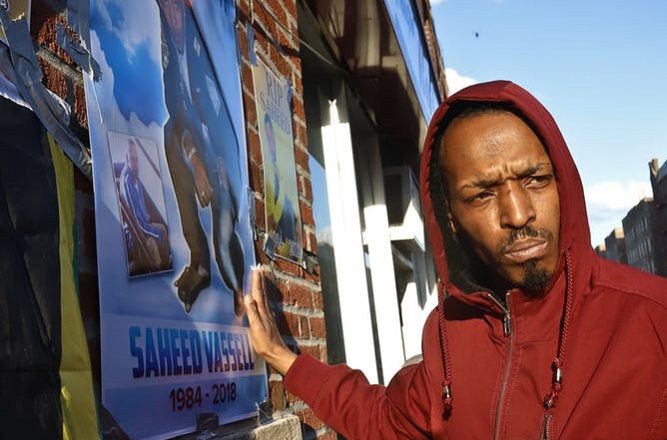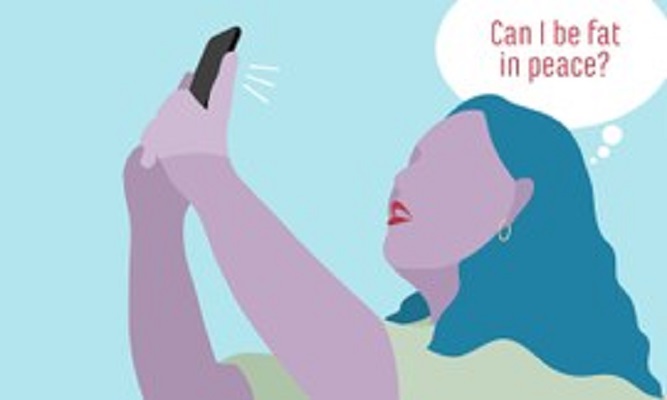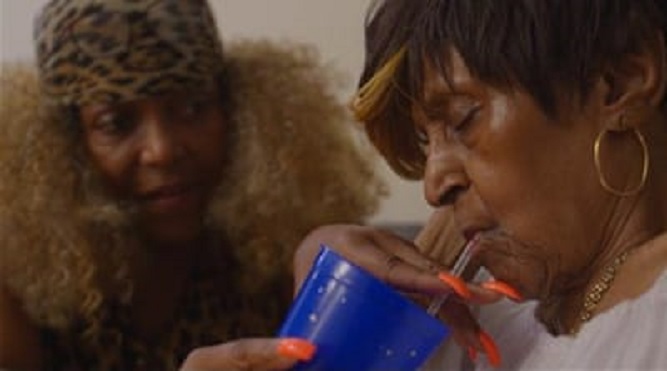To stop police shootings of people with mental health disabilities, I asked them what cops – and everyone – could do to help
After Shukri Ali Said left her house during a mental health crisis on April 23, 2018, her sister called 911 for help. Police found Said standing at an intersection holding a knife. Officers shot her five times in the neck and chest, killing her.
That same month, in New York, officers answered a 911 call about a black man waving something that looked like a gun. In fact, it was a pipe. But when Saheed Vassell, a 34-year-old father with mental illness who was well known in his Brooklyn community, pointed it at police, they shot him dead.
Vassell and Said are among the hundreds of people with intellectual disabilities or mental illnesses in the United States killed by police every year. According to The Washington Post, 142 of the 752 people shot by police so far in 2019 have had a mental i...


